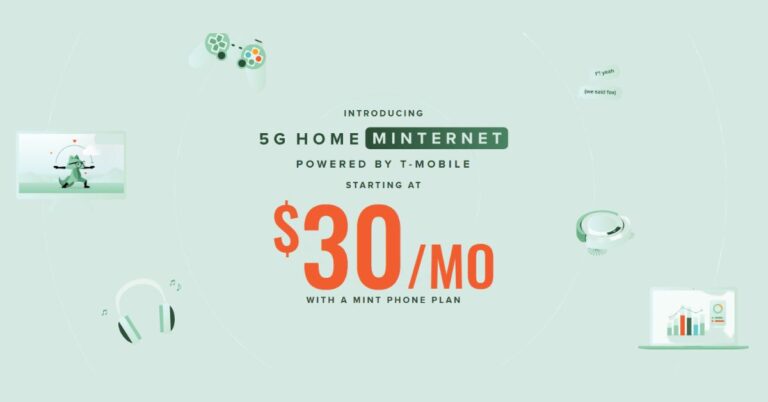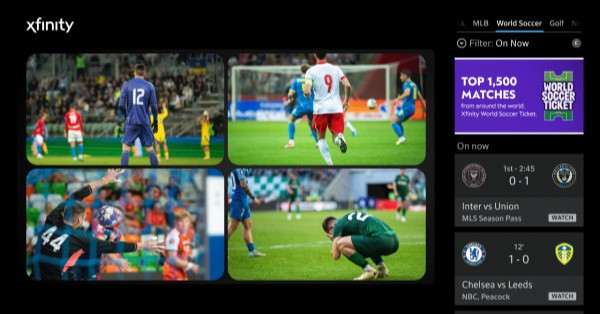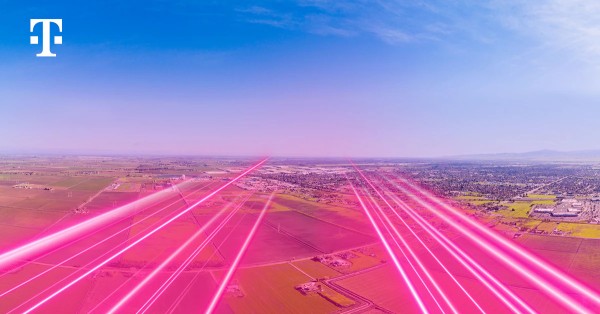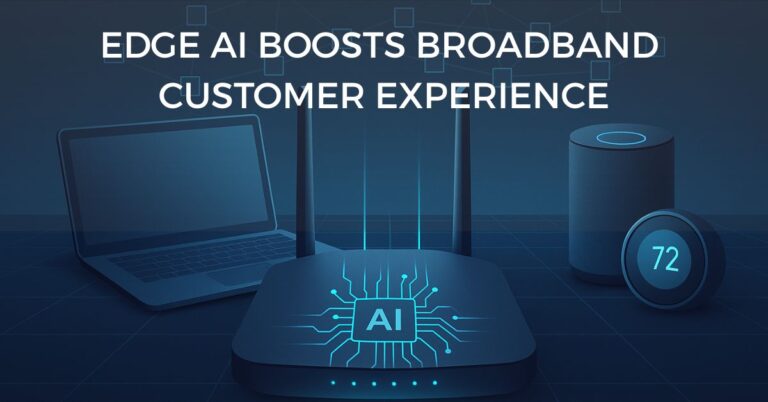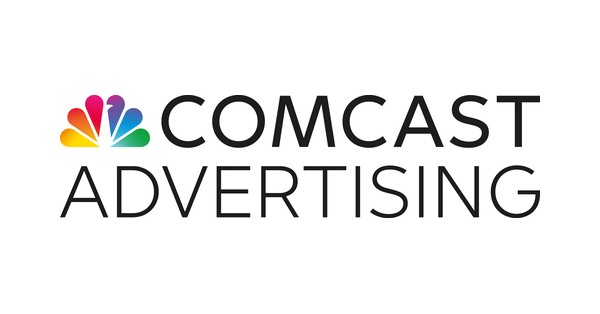- Tech News & Insight
- November 16, 2025
- Hema Kadia
Multiple media reports say Verizon plans to cut roughly 15,000 jobs and shift about 180–200 company-owned stores to franchise operators, marking its most significant restructuring to date. According to reports citing unnamed sources, Verizon is preparing layoffs equal to about 15% of its workforce, with some estimates suggesting cuts could




